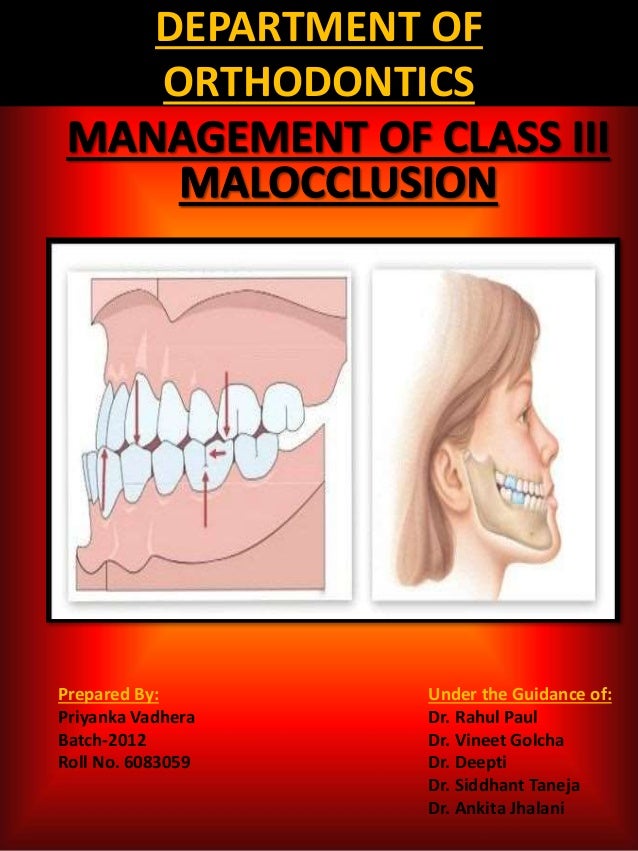class iii malocclusion treatment options
The treatment of Angle Class III malocclusion is rather challenging because the patients growth pattern determines the success of long-term treatment. Malocclusion is the term for a skewed relationship between the positioning of the teeth with the jaw closed.

Class Iii Malocclusion Vineeth Dental Implant Courses By Indian Dental Academy By Indiandentalacademy Issuu
There are three main treatment options for skeletal class III malocclusion.

. Early treatment with facemask and late treatment with surgery have previously been the most popular options however we should only decide on treatment modality after contemplation of. Population56 The prevalence is greater in. Etiologic factors for Class III malocclusions include a wide spectrum of skeletal and dental compensation components The condition might be characterized by mandibular prognathism maxillary retrognathism retrusive mandibular dentition protrusive maxillary dentition and a combination of the above Clinically Class III.
Growth modification dentoalveolar compensation orthodontic camouflage and orthognathic surgery. In the developing Class III malocclusion early intervention using two-phase treatment is often supported with greater orthopedic effect in younger patients aged between. Therefore devices can be used for maxillary protraction for orthodontic treatment in early mixed.
Treatment possibilities for class III malocclusion DrHuzaifa FarjadHO Supervised by. In Class III malocclusion the overjet is reduced and may be reversed with one or more incisor teeth in lingual crossbite. Contrary to class 2 class 3.
Orthognathic surgery treats malocclusion poor bite by restructuring the jaw through cutting the bone and repositioning the bone segments. There was a 2mm maxillary midline deviation to the right. Approximately 30-40 of Class III patients exhibit some degree of maxillary deficiency.
Class 3 Malocclusion Treatment Options. Class 3 Malocclusion treatment options. Class 3 is the rarest type of malocclusion.
The National Health and Nutrition Examination Survey reveals that a large percentage of the population has a malocclusionThat means that many people in the world have ill-positioned teeth. It is very difficult to diagnose and treat Class III malocclusion. A new treatment classification system of Class III malocclusions utilizing three dentoalveolar and three skeletal components combined with cephalometric information derived from commonly.
In the early mixed dentition and in older patients with mild skeletal discrepancies orthodontic treatment usually involves proclining the maxilliary anterior teeth into positive overjet. An orthodontic evaluation revealed the. DrMaryam Ghazal Class III malocclusion Type of malocclusion in.
This type of malocclusion involves a number of cranial base and maxillary and mandibular skeletal and. Class III in this form of malocclusion the lower jaw is pushed forward. Firstly if you suspect that you or your child may have a class 3 malocclusion it is important to get more information on the subject.
Intervention at an early stage such as deciduous dentition or prepubertal growth phase has been recommended7389 In particular the prepubertal treatment of Class III. Unlike a class II malocclusion the lower teeth overlap the upper teeth and jaw. Malocclusion is diagnosed early a lot of treatment modalities will be available.
Class III malocclusion The relative mesio-distal relations of the jaws and dental arches are abnormal where the mandibular teeth occlude the maxillary teeth mesial to its normal. Class III malocclusion is a less frequently observed clinical problem than Class II or Class I malocclusion occurring in less than 5 of the US. In contrast in adulthood the only treatment options are orthodontic or surgery camouflage.
Dental malocclusions are classified based on the positioning of the upper and lower molars. The aim of this. Treatment Options for Class III Malocclusion in Growing Patients with Emphasis on Maxillary Protraction.
The patient had a class III molar relationship with no overjet and no overbite. Skeletal Class III malocclusion is characterized by mandibular prognathism maxillary deficiency or some combination of these two features. In Class III malocclusion originating from mandibular prognathism orthodontic treatment in growing patients is not a good choice and in most cases orthognathic surgery is recommended.
A conceptual change in the treatment of the Class III malocclusion was offered in the late 1940s and early 1950ss After observation of the gross effects of Milwaukee brace.
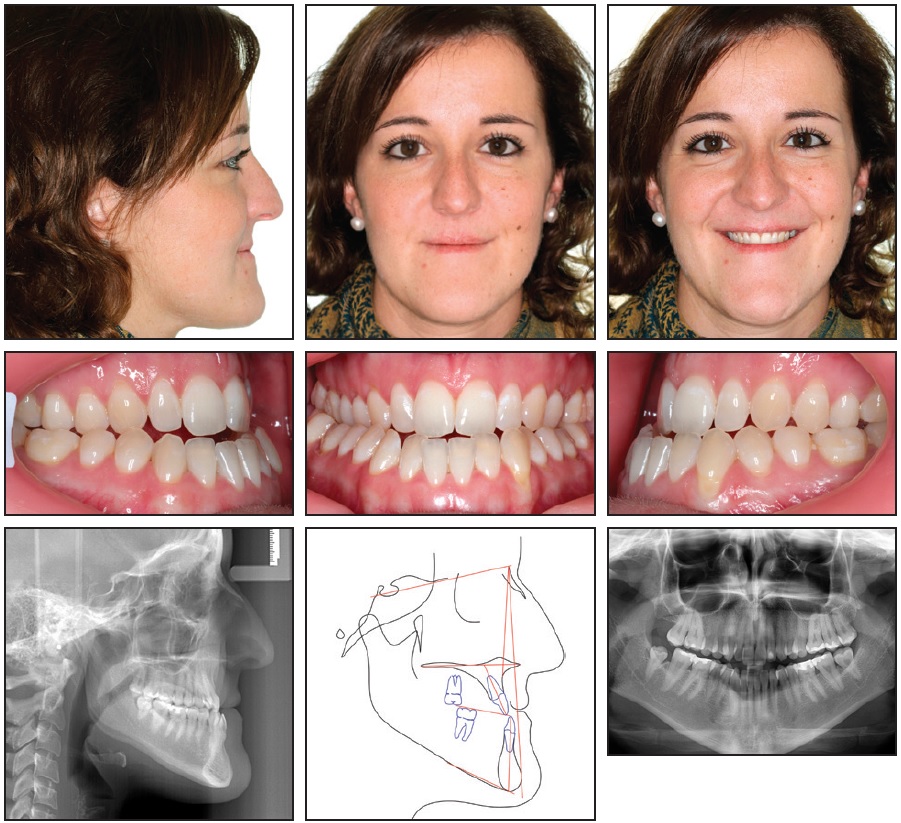
Nonsurgical Correction Of Severe Skeletal Class Iii Malocclusion Jco Online Journal Of Clinical Orthodontics

Class Iii Treatment Photos Orthodontics Cary Nc Clayton Nc

Types Of Malocclusion And Correction Winchester Dental

Treatment For Class Iii Malocclusion Pocket Dentistry
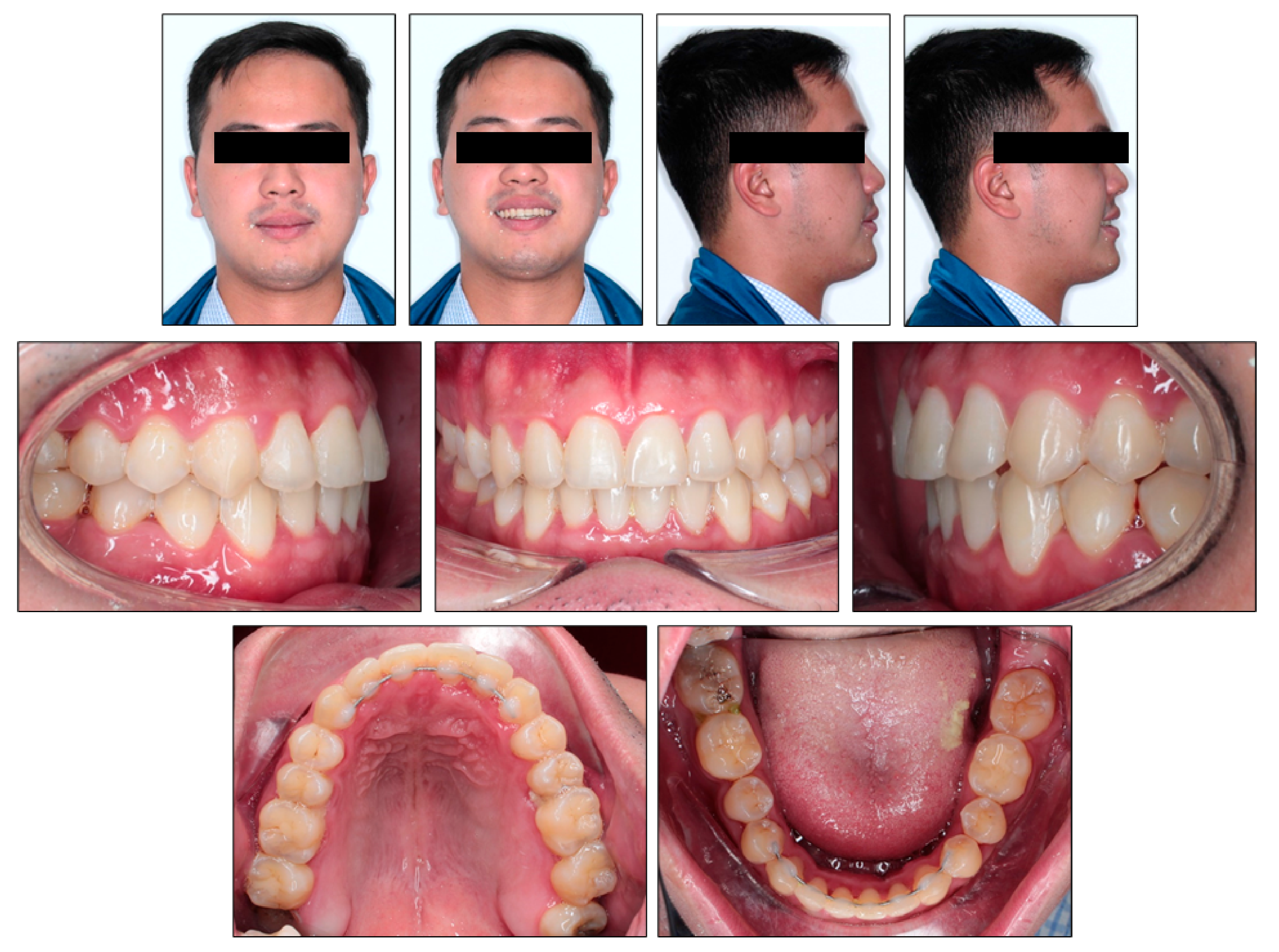
Ijerph Free Full Text Skeletal Class Iii Malocclusion With Lateral Open Bite And Facial Asymmetry Treated With Asymmetric Lower Molar Extraction And Lingual Appliance A Case Report Html

Class Iii Treatment Photos Orthodontics Cary Nc Clayton Nc

Non Surgical Compensation Of Skeletal Class Iii Malocclusions Oral Health Group
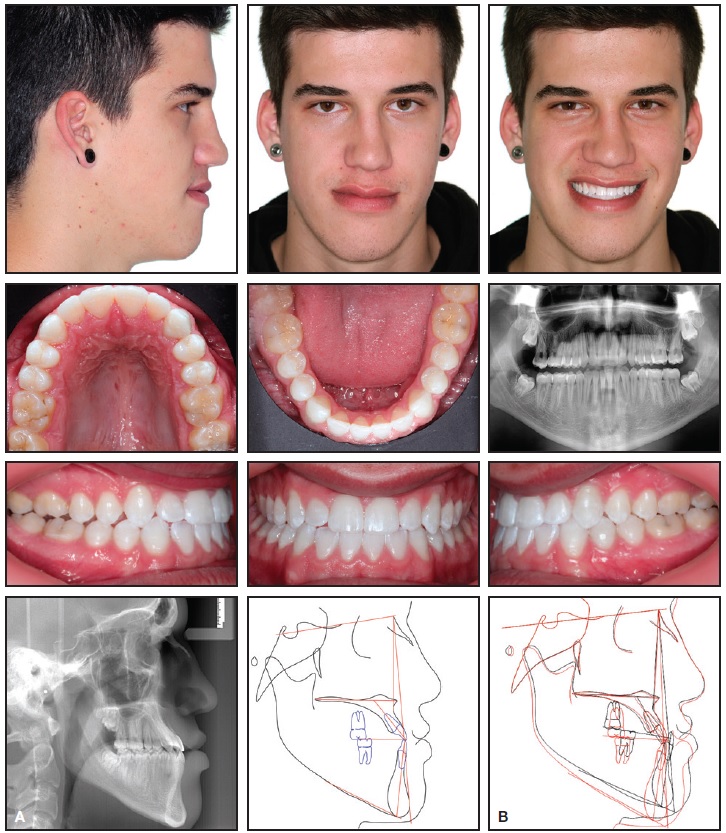
Nonsurgical Correction Of Severe Skeletal Class Iii Malocclusion Jco Online Journal Of Clinical Orthodontics
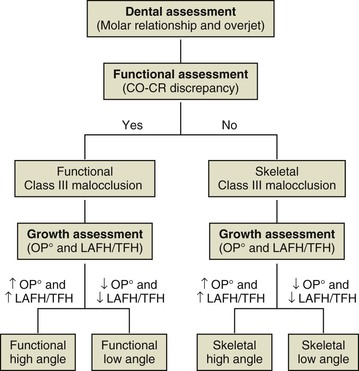
14 Treatment Strategies For Developing And Nondeveloping Class Iii Malocclusions Pocket Dentistry
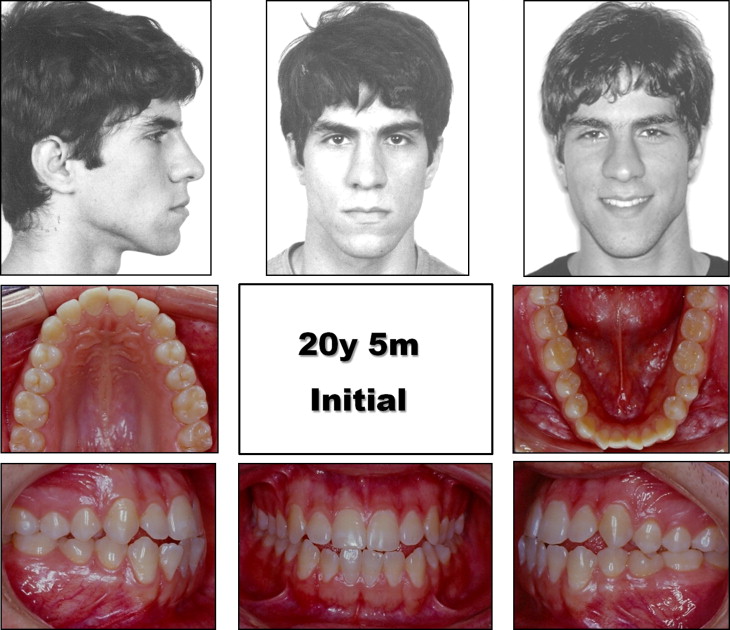
Angle Class Iii Malocclusion Treated With Mandibular First Molar Extractions Pocket Dentistry

Nonsurgical Correction Of Severe Skeletal Class Iii Malocclusion Jco Online Journal Of Clinical Orthodontics
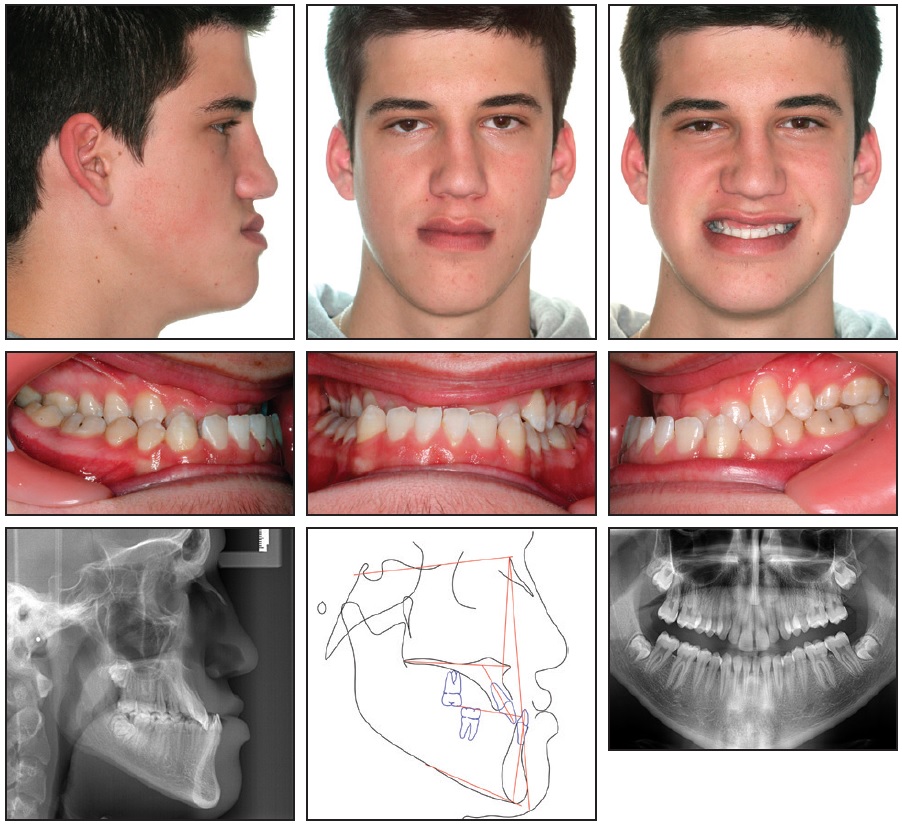
Nonsurgical Correction Of Severe Skeletal Class Iii Malocclusion Jco Online Journal Of Clinical Orthodontics
Class Iii Camouflage With Mandibular Bicuspid Extraction Orthodontic Products
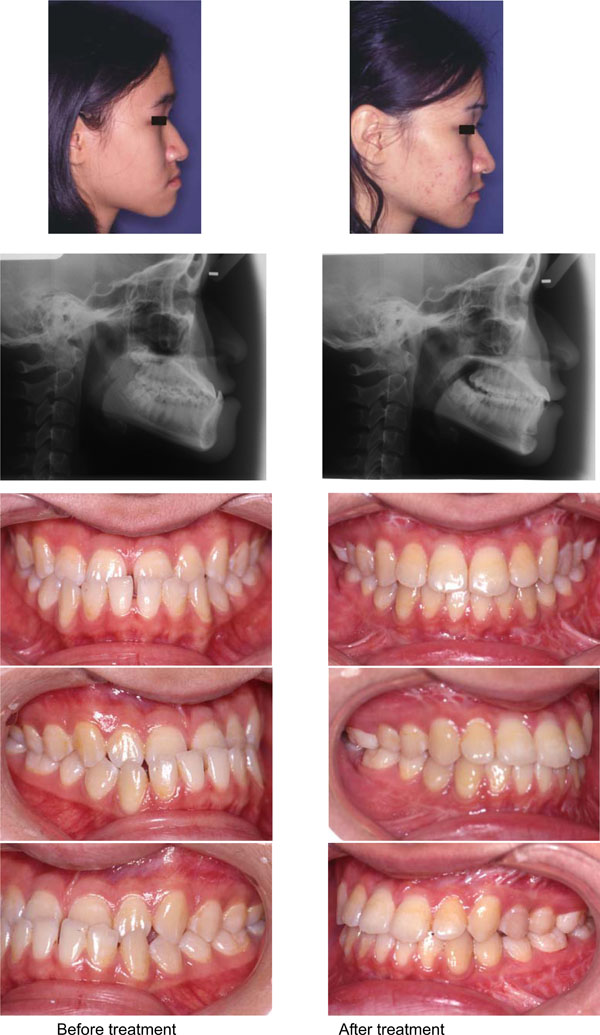
Treatment In Borderline Class Iii Malocclusion Orthodontic Camouflage Extraction Versus Orthognathic Surgery

Orthodontic Surgical Treatment Of Class Iii Malocclusion With Extraction Of An Impacted Canine And Multi Segmented Maxillary Surgery American Journal Of Orthodontics And Dentofacial Orthopedics
New Orthopedic And Orthodontic Treatment Modality For Adult Patients With Skeletal Class Iii Malocclusion With Insufficient Maxillary Incisor Exposure Ajo Do Clinical Companion
